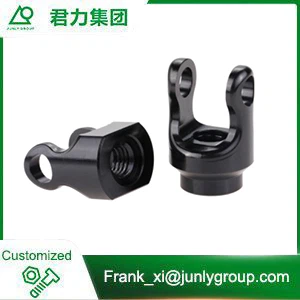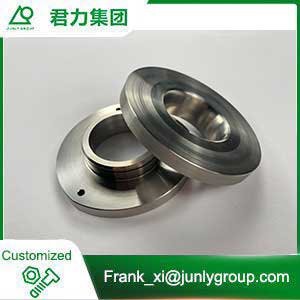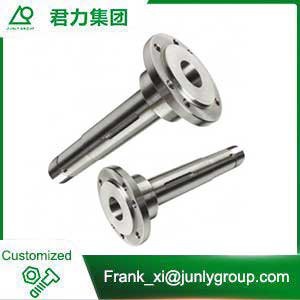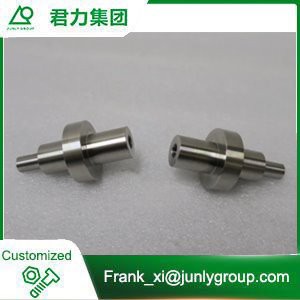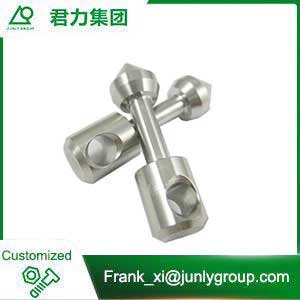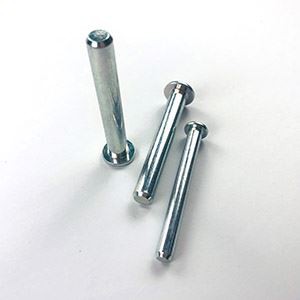Related Industry Knowledge
Product process of Non-standard Carriage Bolt
Oct 18, 2023 View: 603
The production process of non-standard carriage bolts typically involves several steps:
1. Design and Specification: The first step is to determine the specific requirements and design of the non-standard carriage bolt. This includes factors such as the length, diameter, thread type, head shape, and any other unique features or specifications.
2. Material Selection: Once the design is finalized, the appropriate material for the carriage bolt is chosen. Common materials include carbon steel, stainless steel, or other alloys, depending on the specific application and desired strength.
3. Material Preparation: The chosen material is then prepared for the manufacturing process. This may involve cutting the raw material into suitable lengths or using pre-cut blanks.
4. Forming the Bolt: The next step is to form the basic shape of the carriage bolt. This is typically done through a combination of processes such as cold forging, hot forging, or machining. Cold forging, which involves shaping the bolt at room temperature, is commonly used for standard carriage bolts. However, for non-standard bolts, machining may be required to achieve the desired shape.
5. Threading: After forming the basic shape, the next step is to add threads to the bolt. This can be done through a variety of methods, including thread rolling or cutting. The type and size of the thread will depend on the specific requirements of the non-standard carriage bolt.
6. Head Formation: Non-standard carriage bolts may have unique head shapes or features. The head is typically formed through machining or forging processes to achieve the desired design.
7. Heat Treatment: Depending on the material and desired strength, the carriage bolt may undergo a heat treatment process to improve its mechanical properties. This can include processes like annealing, quenching, or tempering.
8. Surface Treatment: To enhance the bolt's corrosion resistance or appearance, various surface treatments can be applied. This may include processes such as electroplating, hot-dip galvanizing, or coating with zinc, chrome, or other protective materials.
9. Inspection and Quality Control: Throughout the manufacturing process, inspections are conducted to ensure that the non-standard carriage bolts meet the specified requirements. This includes dimensional checks, thread quality assessment, and other quality control measures.
10. Packaging and Delivery: Once the non-standard carriage bolts pass the quality control checks, they are packaged according to customer requirements and shipped to the designated destination.
You Might Also Like
Send Inquiry
